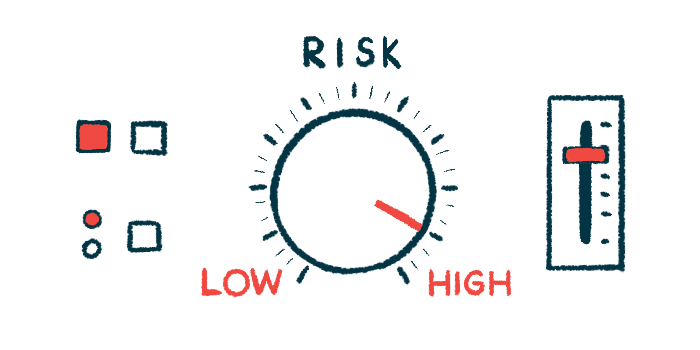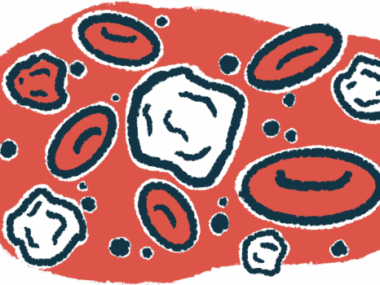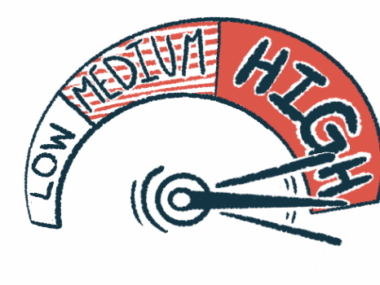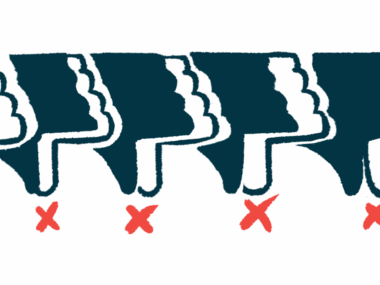People with AAV face higher risk of certain cancer types: Study
Danger especially high in men, granulomatosis with polyangiitis patients
Written by |

People with ANCA-associated vasculitis (AAV) are at a higher risk of developing certain types of cancer, particularly bladder, blood, kidney, and skin cancers, according to a meta-analysis of published studies.
Men with AAV had a significantly elevated risk — 2.1 times higher — while no such increase was observed in women. Among AAV subtypes, the risk was especially pronounced in patients with granulomatosis with polyangiitis (GPA), who had a 2.2-fold higher risk.
“These findings support the need for tailored cancer surveillance strategies in AAV management,” researchers wrote.
The study, “Cancer risk across sex, region, and disease subtype in ANCA-associated vasculitis patients,” was published in the journal Zeitschrift für Rheumatologie.
AAV patients have 1.8 times higher cancer risk than general population
AAV is a group of autoimmune disorders marked by inflammation and damage to small blood vessels. Although immunosuppressive therapies, which suppress the immune system, have improved survival in AAV, long-term complications such as cancer remain a concern.
Evidence suggests that those with AAV have a higher risk of developing cancer compared with the general population. However, this risk seems to vary according to age, disease subtype, sex, and geographical location.
A recent Turkish study reported that men with AAV were three times more likely to develop cancer, particularly lung and head and neck cancers.
“Understanding the magnitude and distribution of cancer risk in AAV is essential for guiding clinical management, particularly regarding cancer screening strategies and therapeutic decision-making,” the researchers wrote.
With this in mind, a team in Seoul, South Korea, systematically reviewed studies published up to May 2025 that reported on cancer risk in AAV across several databases.
A total of 14 studies involving 5,553 patients with AAV and 883 reported cancer cases were analyzed.
The results showed that overall, AAV patients had a significantly higher risk of developing cancer — about 1.8 times higher than in the general population.
Men with AAV significantly more likely to develop cancer
Region-specific analyses showed an increase in cancer incidence among AAV patients living in Europe (1.7 times higher) and Asia (2.2 times higher ). A single study from Oceania also reported a significantly higher risk (1.7 times higher).
According to the researchers, these geographical disparities might reflect “differences in healthcare access, environmental exposures, genetic predispositions, and variations in clinical practice such as the use and duration of immunosuppressive therapies.”
Men with AAV were significantly more likely to develop cancer (2.1 times higher), and although women also showed a trend for increased risk, this did not reach statistical significance. Among AAV patients, those with GPA showed a particularly high risk, being 2.2 times more likely to develop cancer.
This may be linked with the “more extensive use of cyclophosphamide [an immunosuppressive therapy] in this population, a known carcinogen particularly associated with bladder and hematologic [blood] malignancies,” the researchers wrote.
According to the authors, these findings support the need for closer follow-up of GPA patients and caution when administering immunosuppressive therapies.
Emerging therapies with lower carcinogenic potential might provide a safer long-term alternative in selected patient populations.
Among the cancers more frequently detected in AAV patients, bladder cancer was 4.3 times more likely to occur, followed by leukemia (4.1 times), nonmelanoma skin cancer (3.6 times), and lung cancer (2.1 times).
Other cancers such as kidney, brain, malignant melanoma, oral cavity, and liver cancers showed a significant increase. Prostate, breast, and stomach cancers, as well as lymphoma, showed a trend for increase, but this didn’t reach statistical significance.
Age had no impact on the risk of cancer, with patients aged 60 or younger showing a similar elevated risk (2.2 times higher) as older patients (2 times higher).
Overall, these findings highlight the need for future research “to clarify the role of different immunosuppressive agents in driving cancer risk and explore strategies to mitigate these risks,” the researchers wrote, adding that “emerging therapies with lower carcinogenic potential might provide a safer long-term alternative in selected patient populations.”







